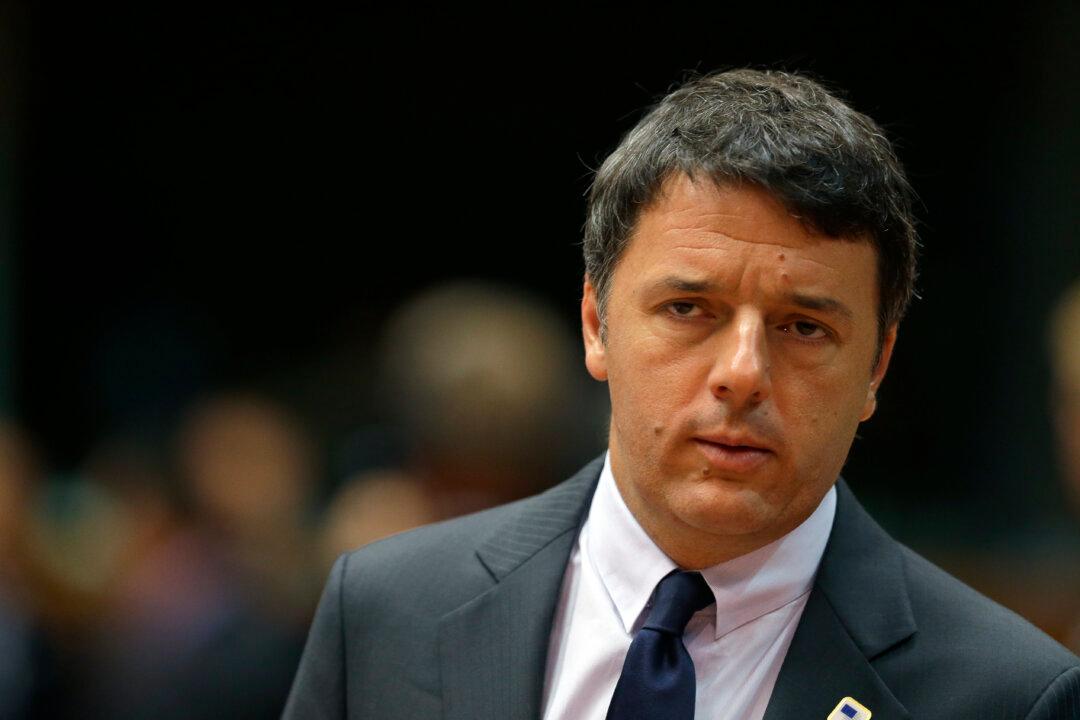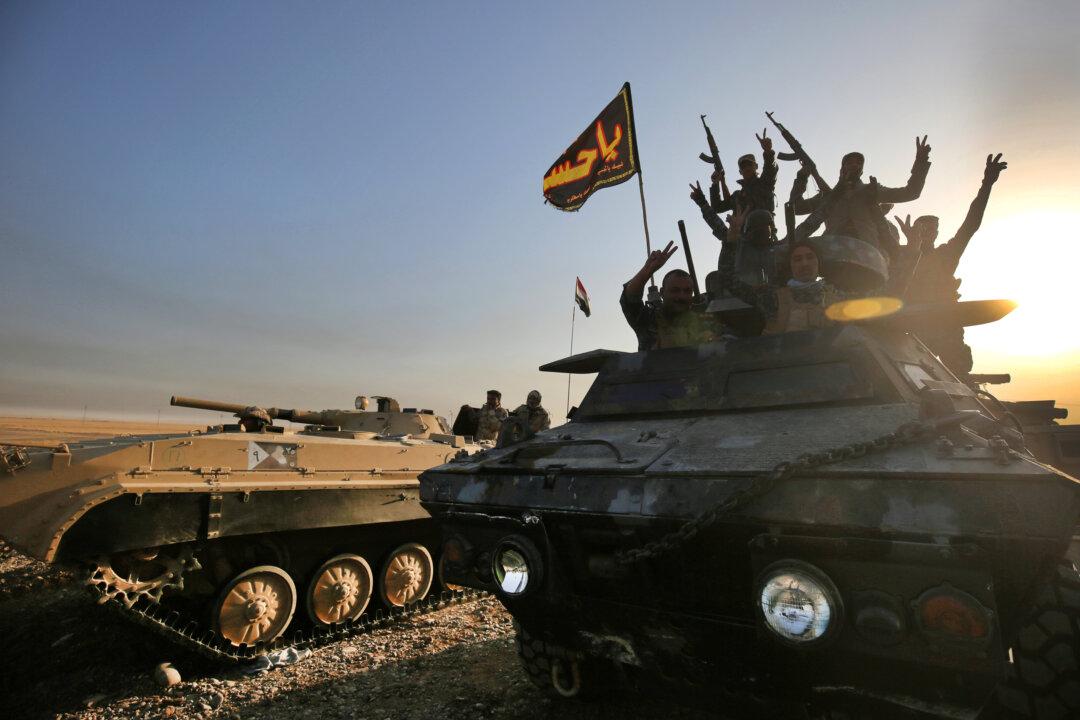Just a few short weeks ago, U.S.–Russia relations were poised for a post-Soviet breakthrough that could have seen them join forces to target the ISIS terrorist group.
Now the United States has given up on talks with Russia aimed at ending the fighting in Syria. And Russia has suspended a long-standing deal to dispose of weapons-grade plutonium while simultaneously demanding the United States reduce its military presence in NATO countries.
The Kremlin has gone as far as demanding the United States cancel sanctions it imposed on Russia over its actions in Ukraine and even compensate Russia for losses from those sanctions.
While the White House has painted Russia’s efforts in Syria as a failure for not meeting Moscow’s stated goal of going after ISIS forces there, analysts note that Russia was always more focused on supporting its ally, Syrian leader Bashar al-Assad.
That support has seen Russia conduct airstrikes against rebels—and civilians—and position itself at the center of a conflict with global impact.
Some believe that has furthered Russian President Vladimir Putin’s ambition to reclaim his country’s position as a global power and challenge the hegemony the United States has largely held in the Middle East since the end of World War II.
The White House acknowledges there is no military solution in Syria, that force alone will not suffice. But with the total breakdown in talks, it looks like Russia, Syria, and Iran will continue with their current efforts to destroy rebel forces and bomb civilians into submission.
“It is immoral, it is unconscionable, and it is an outrage worthy of international condemnation, which Russia and Syria and Iran have all been on the receiving end of,” said White House Press Secretary Josh Earnest on Oct. 3.
But outcry over Russia’s current tactics does little to change the new reality. An end to the five-year civil war and a transition from the Assad regime will both require Russian cooperation.
Renewed Hostility




